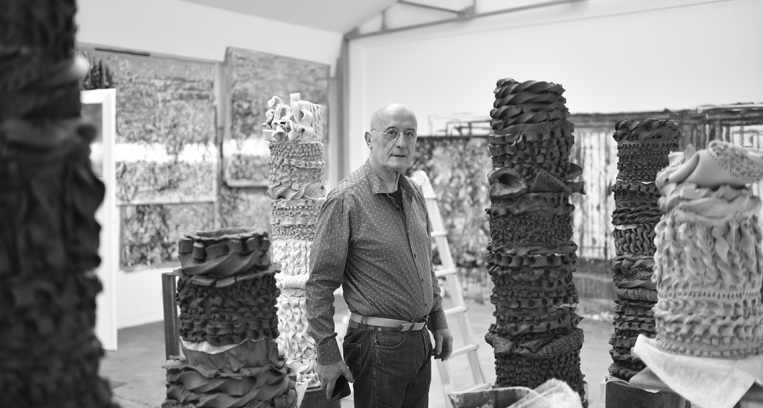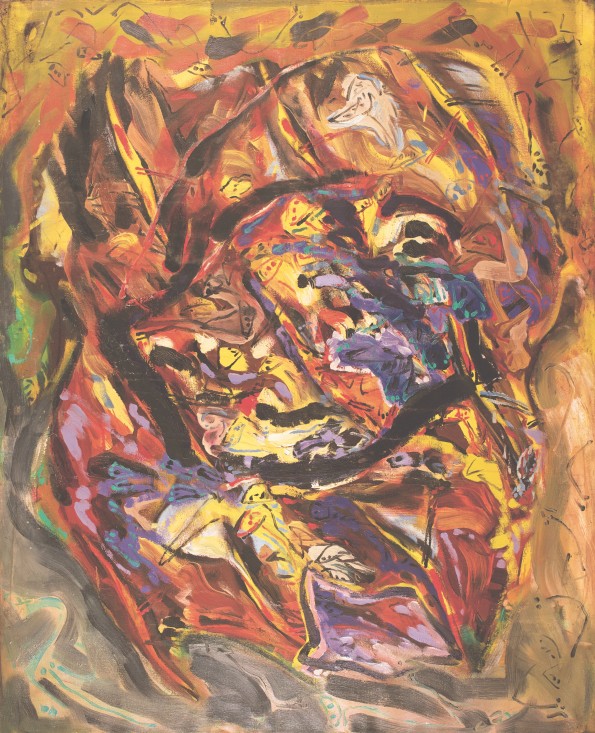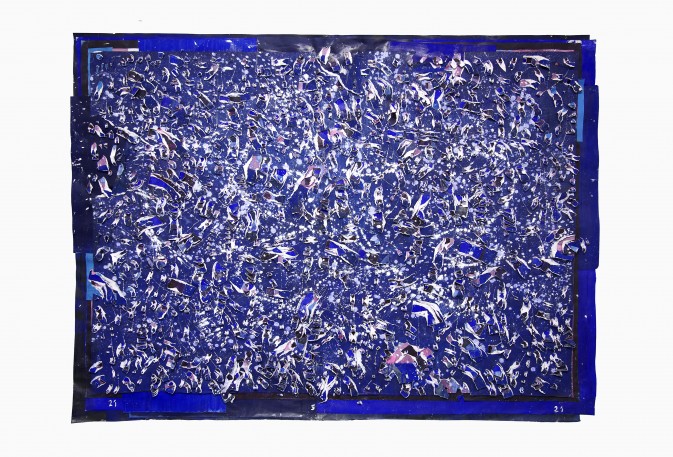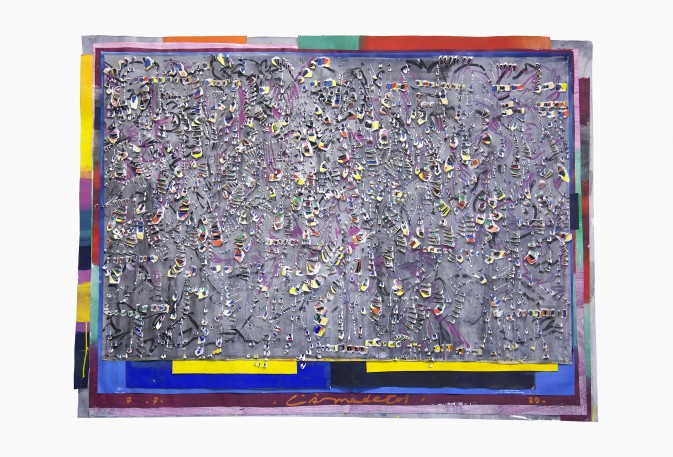Jean-Pierre Formica : Archéologie de la couleur


Jean-Pierre Formica, born in 1946 in Uchaud (Gard), splits his time between Paris and Arles. A graduate of the Beaux-Arts in Paris and Montpellier, he also taught at the National School of Architecture in Paris Val de Seine.
Since the 1970s, Formica has drawn deeply from Mediterranean culture, exploring themes such as bullfighting, mythology, memory, traces, imprints, accumulation and sedimentation. His work reimagines contemporary archaeology through various mediums, including painting, drawing, watercolor, etching, sculpture, and ceramics.
Primarily a painter, Jean-Pierre Formica’s art comprises a genealogy of images, rooted in the materials from which they are made. His approach of working with fragments and repetition merges into a unified whole, giving rise to a new form of figuration, one that imagines a world of abstract forms. Through paint, watercolor, and charcoal, he expresses this vision of a transformed nature.
Since 2000, sculpture has become increasingly central to Formica's practice. He began with terracotta and bronze pieces, shaped by imprints, resembling modern archaeology. These would later evolve into salt sculptures - gnarled forms, hybrid amphorae and mannequins reminiscent of a buried army as if emerging from the sea. He has showcased this "new nature" at prominent venues such as the MAMAC in Nice, the Espace Paul Riquet in Béziers and the Espace Vallès in Grenoble. In 2010, he took over the Pommery cellars and inaugurated the Espace Pommery in Liège.
"Formica", published by Actes Sud, delves into a world steeped in memory, featuring salt sculptures, bronzes, ceramics, drawings and a selection of paintings from the past fifty years.

